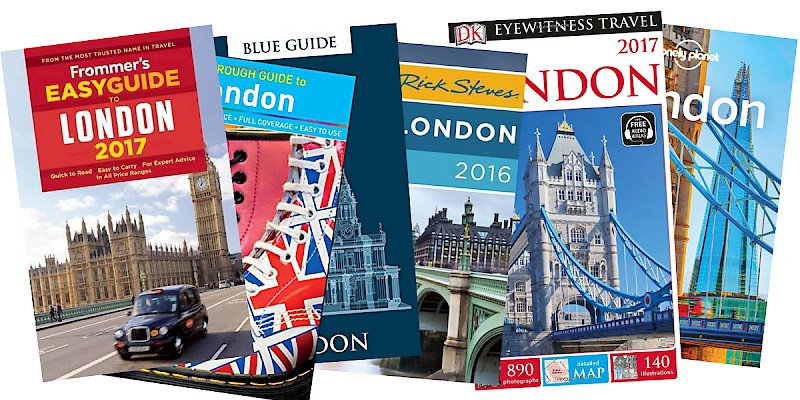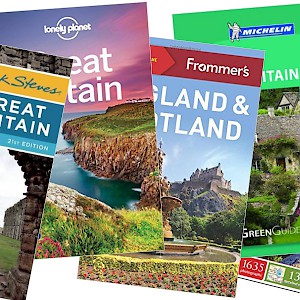London guidebooks

Travel guidebooks to London
Look, I love my website as much as the next bloke, but when I travel somewhere I also like to have a couple of excellent paper guidebooks with me.
It's good to get perspective from multiple sources, discover the hidden treasures other authors have turned up (great B&Bs, favorite pubs), and learn some background on sights some sources may not cover. Plus, print guidebooks don't come with data roaming fees and batteries to recharge.
If I had to travel with only one London guidebook, it would be the Frommer's EasyGuide to London, written by Jason Cochran—and I would be saying this even is he weren't a friend and former colleague. His brilliant, award-winning book is simply the best London guide on the market.
But I wouldn't travel with just one book. I would probably take all of these:
- Frommer's EasyGuide to London - The best London guide there is
- Blue Guide London: 18th edition - The professor in your pocket
- The Rough Guide to London - Your erudite friend who's full of advice
- DK Eyewitness Travel Guide: London - For the visually inclined
- Rick Steves London - The guided tour without the guide
- Lonely Planet London - The backpacker who's been everywhere
You should travel with the books that best suit your own tastes, budget, and interests.
Peruse many, buy four or five, feel free to rip them up and carry only sections around with you each day.







